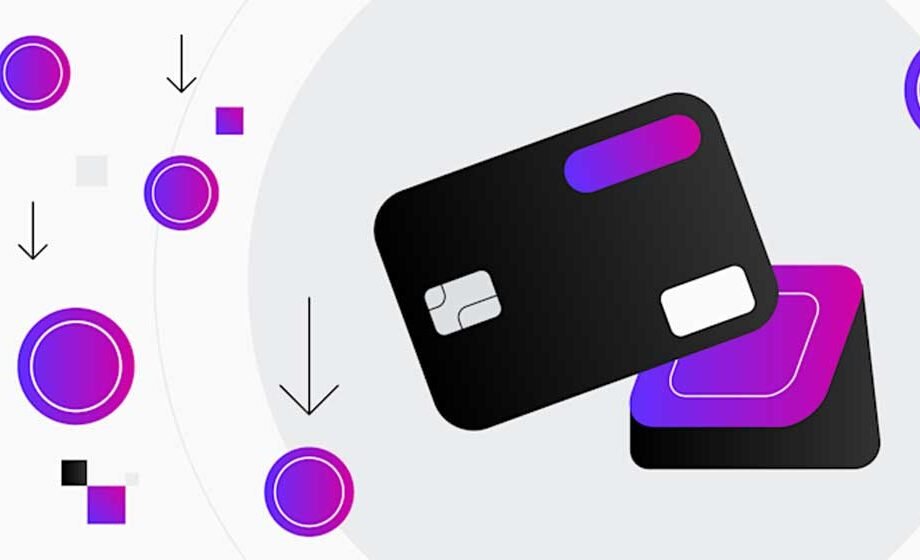Ensuring business efficiently manages payment processing costs is key financial strategy for improving profitability. Gaining clear understanding of the expenses and controlling them effectively can have a significant impact on company financial health. Preventing unnecessary fees when accepting customer payments.
Lowering payment processing costs not boosts revenue and make pricing more competitive, potentially attracting more customers. Small fees of 1% to 3% may seem minor. But quickly add up, especially for businesses that rely heavily on card transactions.
Securing best payment processing rates involves selecting right provider, utilizing a multi-currency account, and implementing strong risk management strategies. Let’s explore step by step how business can cut payment processing fees. Ensuring better financial management and keeping more of the hard-earned revenue.
Understand Interchange Rates
Interchange fees are transaction costs merchants incur when customers purchase using credit or debit cards. Whether transaction happens online or physical store, the business is responsible for paying this fee.
These rates vary based on factors such as the type of card used, the payment method, and the transaction’s risk level. Interchange fees serve as way for credit card companies to cover costs of the secure and sophisticated payment processing systems. It ensures that funds are safely transferred from customers to merchants. Therefore, understanding the rates can assist with a strategy for lowering costs.
Use Smart Payment Solutions
Traditional international wire transfers through banks can be slow and expensive. With hidden fees, unfavorable exchange rates, and uncertain delivery times. The inefficiencies can make managing international payments frustrating and expensive.
A smarter alternative is a payment processor. It is a next-generation payments platform that leverages multi-rail technology to facilitate fast and seamless global payments. With a payment processor, businesses can avoid wire fees, benefit from competitive exchange rates, and eliminate hidden costs by connecting directly with recipients.
By bypassing intermediaries, such solution ensures faster and transparent payments. Helping save time and money.
Review Current Fees
To reduce business payment processing costs, start by reviewing current fee structure and identifying what the payment processor is charging. Thorough audit will uncover areas where you may be overspending or where you could negotiate better rates.
Ensure you look beyond standard fees. Hidden costs like cross border charges and foreign exchange rates can add up. Gaining clear understanding of expenses will give insight needed to manage costs and take control of payment processing fees effectively.
Balance Cost Savings with Checkout Optimization
Enhancing checkout process and payment options can lower interchange rates while ensuring smooth purchasing experience for customers. Although some payment methods may come with high fees, convenience they bring can result in increased conversions and customer satisfaction.
Choosing a payment processor supporting multiple payment methods reduces friction at checkout, encouraging more sales and improving overall customer experience. Striking right balance between cost savings and payment flexibility can ultimately boost revenue and customer loyalty.
Optimize Global Business Payments
Managing large international transactions strategically can reduce costs. By gaining solid understanding of foreign exchange market, working with reliable payment processor, and implementing cost-saving strategies, you can minimize expenses of international payments.
These measures help secure better exchange rates and improve cash flow predictability, ensuring the business operates efficiently. While keeping costs under control.

